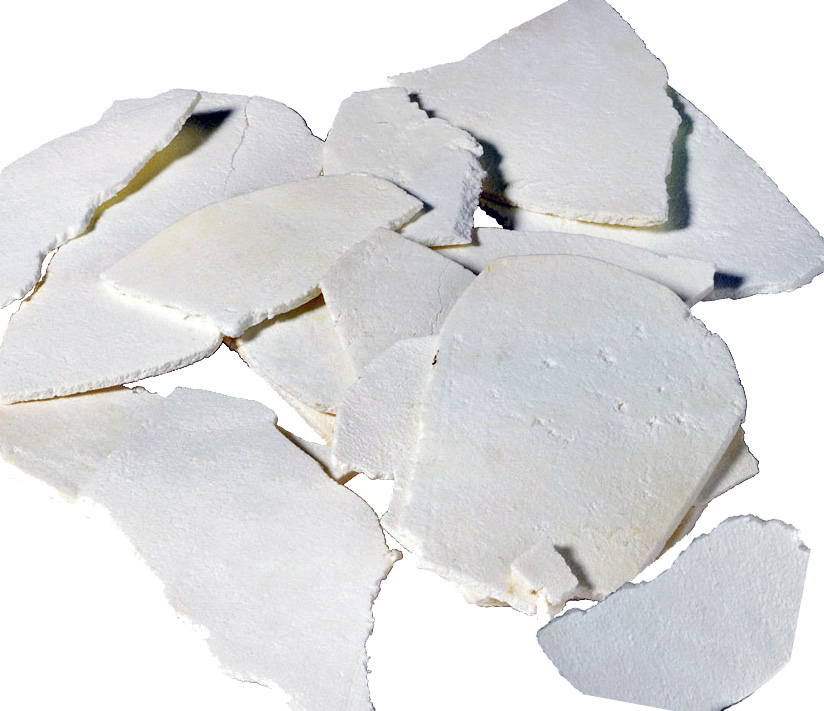成都生物所研发新方法快速鉴定茯苓三萜成分
中国科学院成都生物研究所公共实验技术中心的研究人员与上海中医药大学教授徐宏喜研究团队合作,利用新方法分析中国不同地区的茯苓样品,发现来自不同地区的茯苓三萜成分的种类和含量有很大差别。相关文章发表于2014年1月份的《food Chemistry》杂志上。

成都生物所研发新方法快速鉴定茯苓三萜成分
茯苓,是拟层孔菌科真菌茯苓的干燥菌核,常寄生在松树根上,形如甘薯,球状,外皮淡棕色或黑褐色,内部粉色或白色,精制后称为白茯苓或者云苓。作为一种常用的传统中药,茯苓除在利尿、抗菌、抗肿瘤等方面有应用以外尚被广泛应用于食品添加剂和糕点、茶点等的制作中。茯苓的主要化学成分有多糖、三萜(主要为羊毛甾烷型和3,4-裂环羊毛甾烷型)及麦角甾醇等。其中三萜成分具有多种生物活性(如细胞毒、抗氧化、抗癌等)且为苦味相关成分。
中国科学院成都生物研究所公共实验技术中心的研究人员与上海中医药大学教授徐宏喜研究团队合作,开发出茯苓中三萜成分检测的超高效液相色谱-二极管阵列-飞行时间质谱(UPLC–PDA–QTOF–MS)方法,基于此方法,可有针对性地对茯苓中已知和未知三萜化合物进行鉴定,极大程度地简化谱图,去除其他共有化合物的干扰。
研究人员在将该方法应用于40个采自中国不同地区的茯苓样品的分析中,对茯苓中检测出的31个主要三萜化合物进行了鉴定并利用统计学方法对这些茯苓样品的相似性和差异性进行了研究。研究结果表明,来自不同产地的茯苓样品,其三萜成分的种类和含量有很大差别。
依三萜成分的相似性可以将茯苓样品划分为三大群组,研究人员对造成这些茯苓群组差异的化学成分进行了鉴定,为茯苓样品的产地追踪提供标志化合物。该方法可快速、准确、全面地鉴定茯苓中的已知和未知三萜成分,在茯苓及茯苓产品的质量控制、风味评价及真伪鉴定中获得应用。
原文摘要:
Advanced ultra-performance liquid chromatography–photodiode array–quadrupole time-of-flight mass spectrometric methods for simultaneous screening and quantification of triterpenoids inPoria cocos
Bing Xia, Yan Zhou, Hong Sheng Tan, Li Sheng Ding, Hong Xi Xu
A sensitive, precise and accurate method was developed to screen and quantify triterpenoids based on ultra-performance liquid chromatography–photodiode array–quadrupole time-of-flight mass spectrometry (UPLC–PDA–QTOF–MS). An exact neutral loss scan of 62.0004 Da (CH2O3) was used to selectively detect triterpenoids in Poria cocos, followed by a survey scan for exact masses of precursor and fragment ions of these triterpenoids. The developed method was applied to quantify seven major triterpenoids in 40 P. cocossamples of different origins within 18 min, and a total of 31 triterpenoids were unequivocally or tentatively identified. Principal component analysis of these samples showed a clear separation of three groups, and ten triterpenoids play key roles in differentiating these samples were obtained from the OPLS-DA variable influence on projection (VIP) plot and then unequivocally or tentatively identified. The developed method can be applied for rapid bitterness evaluation, quality control and authenticity establishment of P. cocos.

